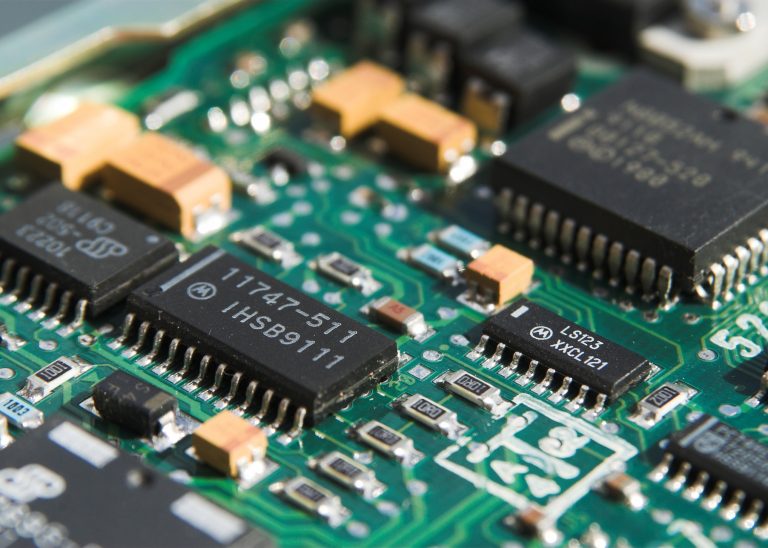
Often, technology transfer offices (TTOs) at universities and other research institutions license promising technologies to spin-off companies. Spin-outs, sometimes referred to as spin-offs, are companies formed by university researchers—faculty, students, postdocs, and others—and are typically based on a university license of intellectual property (IP). IP can include patents, trade secrets, copyrights, and trademarks. Spin-outs may also be startups engaged in joint research projects with the university. If you’re a researcher and think your research could provide a disruptive solution to a critical problem with commercial applications, here’s what you need to know before you spin out your company!
As a spin-out, you are usually the first mover in your market. Your company is research-intensive in the first place because nobody has ever implemented your technology before and because you and your team have valuable technical know-how. As a first mover, the market is wide open, so you do not have to fight for users until the first follower arrives. You also have an inherent understanding of the technology that a copycat company might miss while trying to mimic your successes.
However, first movers also face challenges, most notably, actually developing the technology for the first time, navigating the business world as a researcher-turned-entrepreneur, and protecting your IP. Without careful protection, a copycat could jump in and duplicate your successes without having to go through the hard work of the research that made your technology possible in the first place.
We recently spoke with one of our TTO members, who noted that many spin-outs make research talent and equipment a high-priority line item, but do not include IP costs in their funding strategy. Your company is staffed by world-class researchers and stocked with state-of-the-art equipment and if you want to reap the full benefit of your R&D, protecting your IP should be at the top of your funding to-do list.
The university has licensed the initial research patent to your company, but you will need to protect further research progress. As the technology comes closer to maturity, new findings building on the original discovery will need protection. If you hope to work internationally or at least prevent a foreign company from benefitting from your findings, patents will need to be filed in other countries too. Even this alone can rack up expenses in the range of $100k.
Despite the cost though, the consensus among experts like patent lawyers and startup advisors is clear: it’s always best to file sooner rather than later. So, if you’re thinking about spinning out a company based on your research, how can you ensure that you have the funds you’ll need to protect your IP?
Try to anticipate IP protection costs as early as possible during fundraising. While it’s easy to overlook these costs amid the excitement of technology development and market exploration, a few hours of research on filing costs and an extra line item on your investor pitch deck can make all the difference. Not only will you abate the possibility of being short on funds in a critical time, but some of your prospective investors may be impressed by your foresight. While you may be prepared to pay your scientists well, be prepared to pay your patent lawyers, too!



